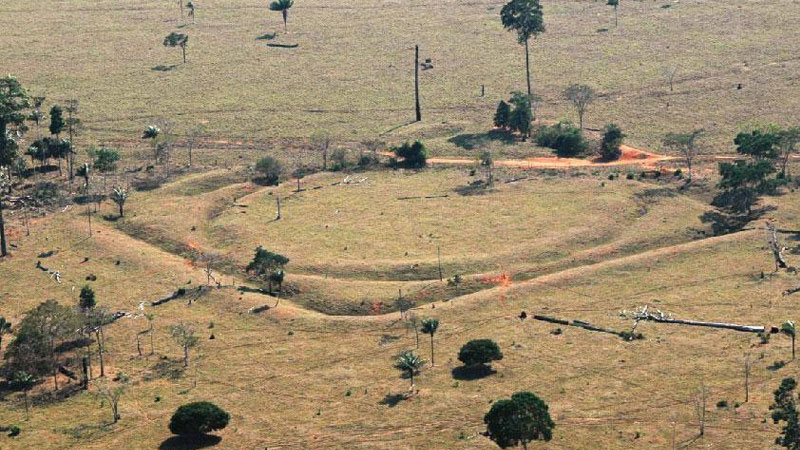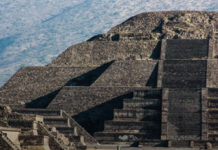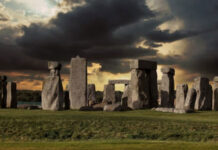
It was believed that before the Iberian invaders explored South America, scattered communities of nomadic peoples clustered around the Amazon River, leaving the surrounding rainforest intact and untouched.
Now, new research suggests a very different story: an Amazon region filled with rainforest villages, ceremonial earthworks and a much larger population than previously imagined.
The study, funded in part by the National Geographic Society, challenges a common perception of the pre-Columbian Amazon rainforest as sparsely populated. This perception has endured despite 16th-century accounts of large, interconnected villages that run counter to modern assumptions.
“Many people have the image that the Amazon has always been an untouched paradise”, says Jonas Gregorio de Souza, an archaeologist at the University of Exeter, who collaborated on the project.
Much of the region is unexplored and covered in dense forests. It has therefore been inaccessible to researchers interested in learning more about life away from the mighty river.
The team used satellite imagery to try to identify ancient geoglyphs, earthworks likely used for ceremonies, in unexplored parts of the Brazilian state of Mato Grosso.
Then, with the coordinates of the probable geoglyphs, they went to the field and each of the 24 places they visited were accurate.
“It all made sense. We knew we were in a special area,” says de Souza.
In one location, the team dug deeper. They found pottery and charcoal suggesting a village dating back to around 1410 AD.
Back at the office, they used to predict where other sites might be located, creating a computer model that considered everything from elevation to soil pH and precipitation. This pointed out that people would have built geoglyphs in higher altitude areas with large variations in seasons and temperatures.
The model also showed that people would not necessarily have built near rivers, an idea that also runs counter to modern assumptions. It is likely that there are 1,300 geoglyphs and villages in an area of almost 400,000 km² in southern Amazonia, and two thirds have not yet been found.
Much higher than expected population densities were also predicted. The team now believes that between 500,000 and 1 million people once lived in just 7% of the Amazon basin. This goes against previous estimates that only around 2 million people lived in the entire Amazon basin.
The distribution of the potential sites suggests that they were interconnected, advanced and fortified villages spanning 1,700 kilometers that flourished between 1200 and 1500 AD.
“We need to reassess the history of the Amazon”, says José Iriarte, one of the authors of the research, an archaeologist at the University of Exeter and a National Geographic explorer.
What happened to this population that lived in the rainforests?
Souza comments that many died after the European conquest of the region. Diseases and genocide wiped out entire villages, and many others abandoned agriculture altogether.
“They had to be constantly on the move, but the traces they left behind indicate that there is still more to learn about their vanished civilization”, explains Souza.


















